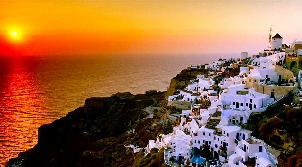Discovering Crete’s enchanting natural beauty is something that can only truly be done on foot. A stunning diversity of landscape, flora, and fauna, make this island a paradise for any type of walker, and for any level.
Our insider helps guide you to the favourite hikes in Crete’s three main hiking regions: the Lefka Ori (or White Mountains), the breathtaking South coast, and the famous Cretan gorges.
For maps of Crete hikes, visit Walks in Crete—White Mountains Guides website.
Lefka Ori (White Mountains)
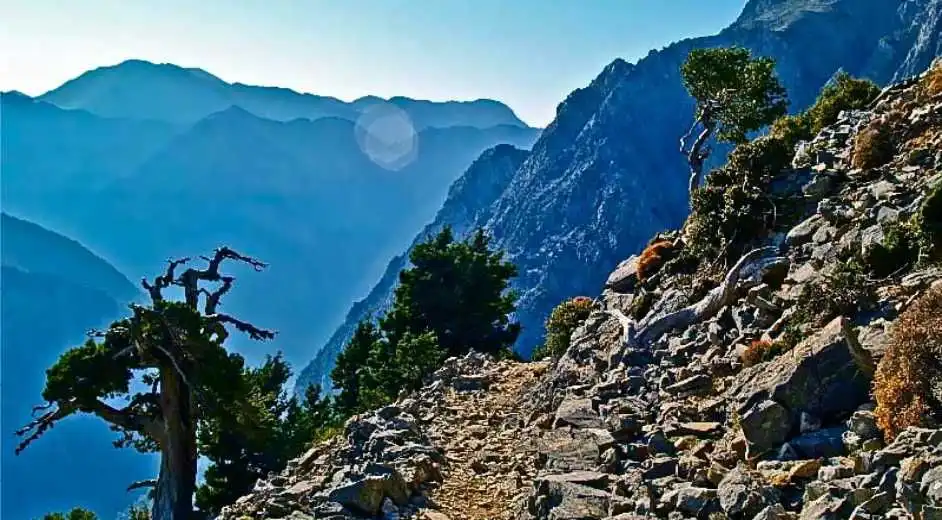
Gingilos peak: So named for the white rocks and deep winter snow, the White Mountains are the most spectacular mountain range on Crete, with peaks over 2,000m in altitude, and at 2,080m Gingilos peak is one of the best.
It’s also one of the most easily reached, and makes for a quickly rewarding hike, since you start from quite high up near the entrance to the famous Samariá Gorge. It does mean a few more tourists, though most go for the gorge walk, and good hikers quickly outdistance the crowd as you climb toward the peak.
Steep sides and chasms can make this approximately 5 hour walk dangerous in bad weather, but in recent years, the path has been very well maintained. The pinnacle—where, in mythology, Zeus created a heavenly palace—offers divine views of the Aegean and Libyan Seas, the Samariá Gorge below, and the West of Crete.
The South coast
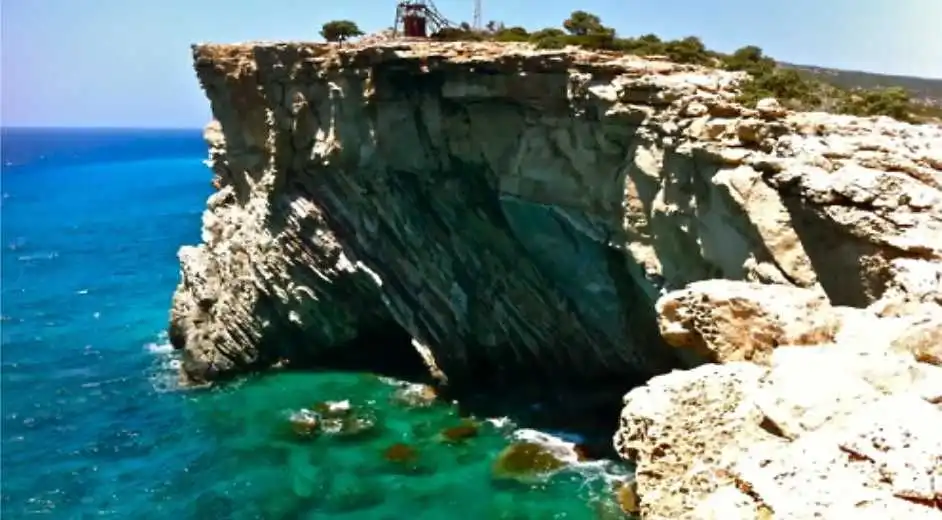
Tripiti to Sougia: The South coast of Crete, where the Lefka Ori meet the sea, is one of the most spectacular coastlines in the Mediterranean and the walk from Tripiti Gorge to Sougia (or the reverse) is easily one of the most stunning sections.
After taking a boat to Tripiti (if you start walking from Sougia, you’ll need to arrange a boat back), hikers follow the coastline E4 trail after a short walk into the gorge (about 20 minutes). From there, you ascend the side and continue along a breathtaking stretch of coastline and the bay of Sougia.
You pass the ruins of a Venetian fortress and the chapel of Prophet Elias set 400m above the Libyan sea with views that stretch for miles, and the terraces of the ancient town of Pikilassos.
The walk is long (about 4 hours) and can be hot in summer (so take lots of water and sunscreen), but much of the wellmarked path is shaded and the views are second to none.
The Gorges
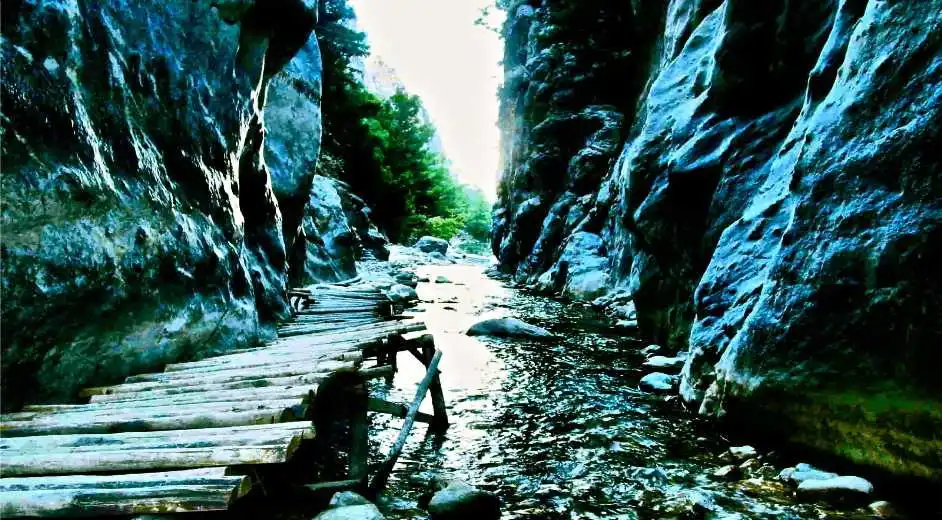
Samariá Gorge: Along with the neighbouring Imbros Gorge, Samariá is the most famous and as a result, the most visited.
Plenty of organised tours will take you to and through the gorge, which only exceeds its illustrious reputation. Otherwise, the easy (if somewhat long at 5-7 hours) path is simple to follow without a guide. Enormous walls tower nearly 1,000ft on either side of you at the famous ‘Gates,’ while the Lefka Ori rise majestically around the well-maintained path.
It costs €5.00 to get in to the national park, but this is a small price to pay for the experience, while coaches or ferries at either end of the gorge make it easy to get to and from the closest big city, Chania.
Richtis Gorge: A much less frequented and a more lush and forested gorge hike, is Richtis.
From the minuscule village of Exo Mouliana (about a 15 minute drive from Sitia on eastern Crete) this walk takes you through the verdant canyon on an easy, well-marked path. You snake past crumbling ruins, disappear into the foliage and spectacular untouched forests, past several paradisiacal waterfalls, before finishing at an often-deserted beach.
You’ll have to cross the river numerous times and your feet may get wet, but the walk is passable most of the year, and you’ll have a chance to see some of Crete’s most beautiful flora and fauna, including numerous colourful butterflies and brilliant flowers. This is certainly one of the best places to experience the natural diversity and splendour of Crete.
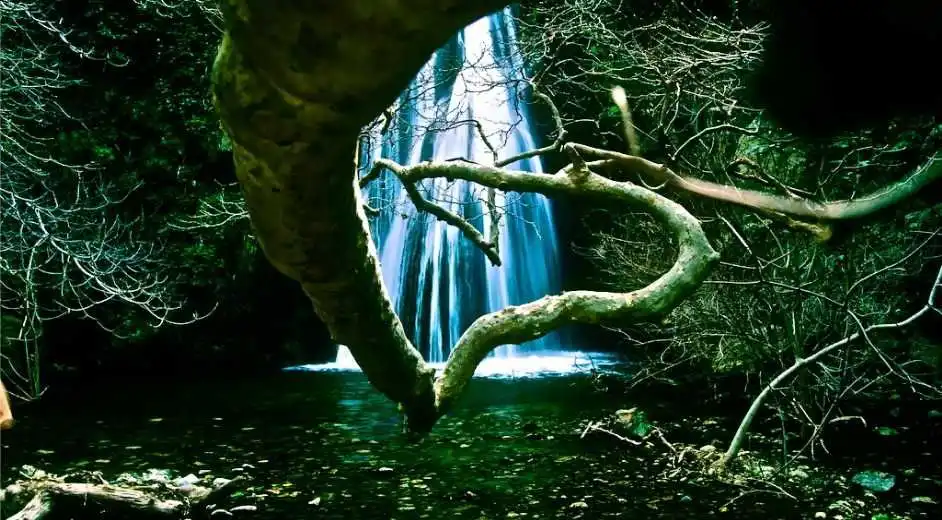






 12
12
 4
4
 4
4




